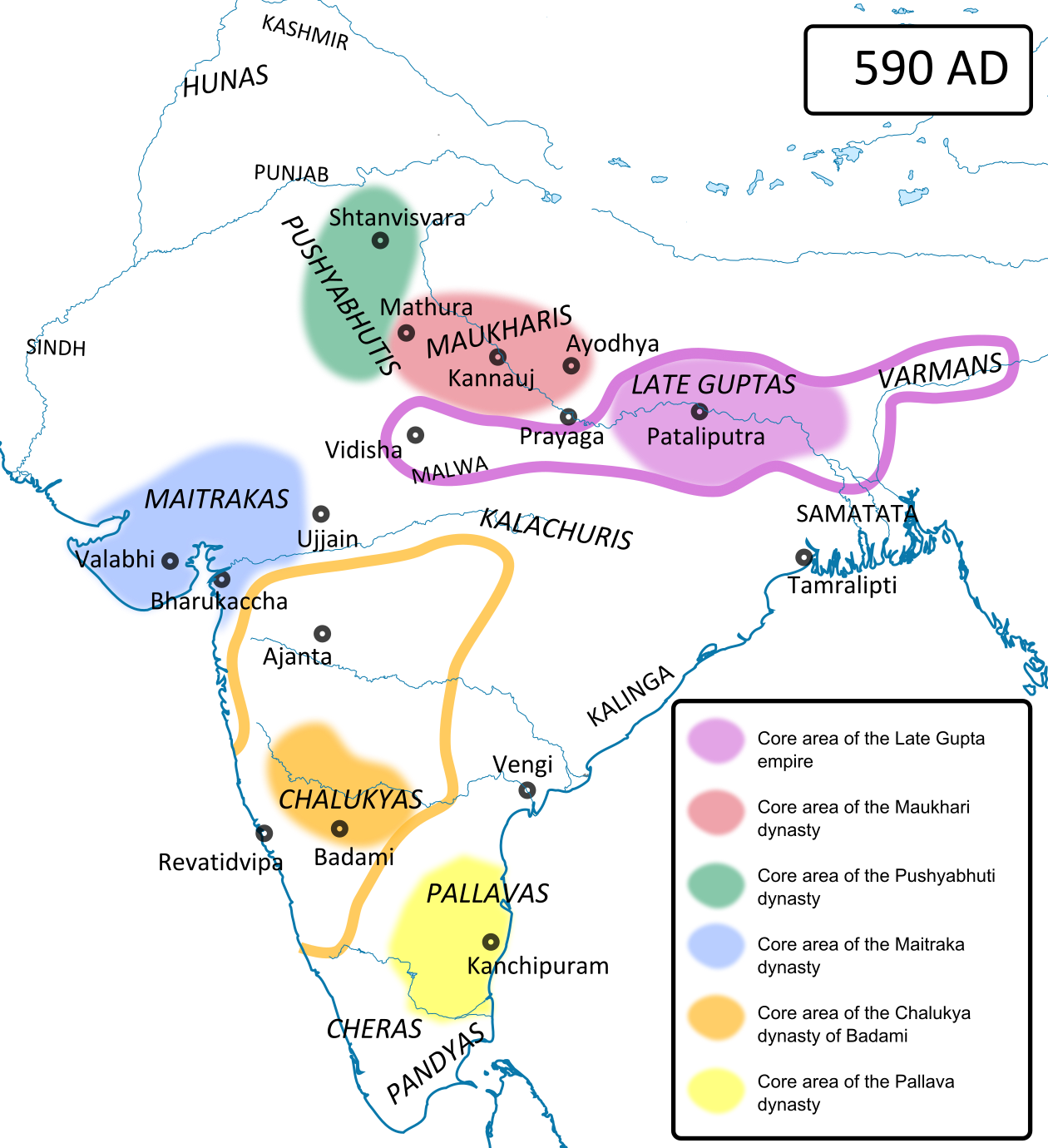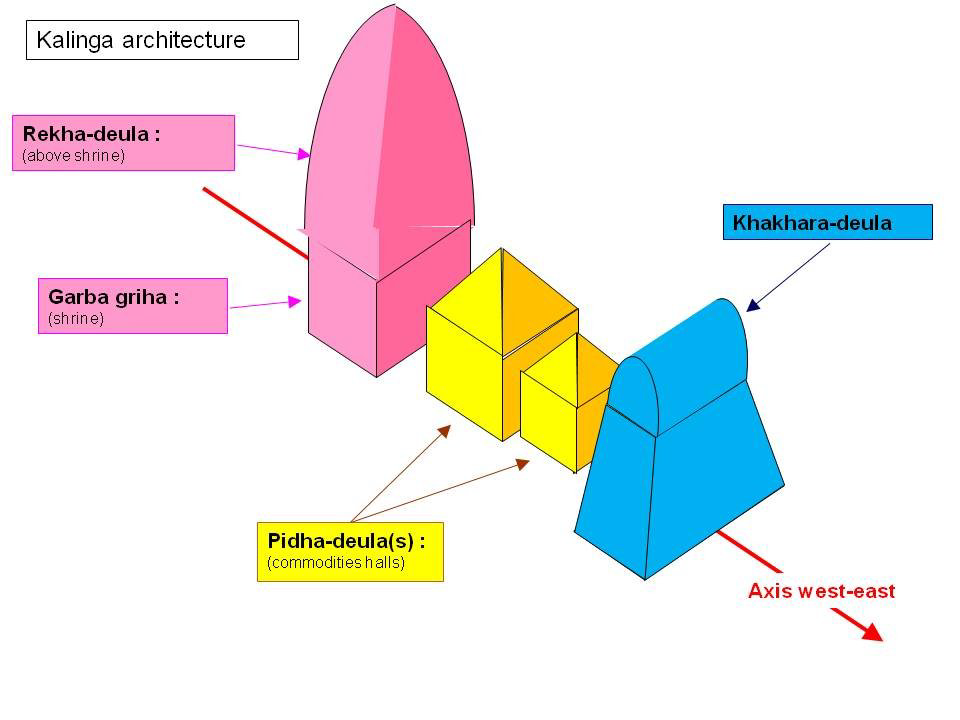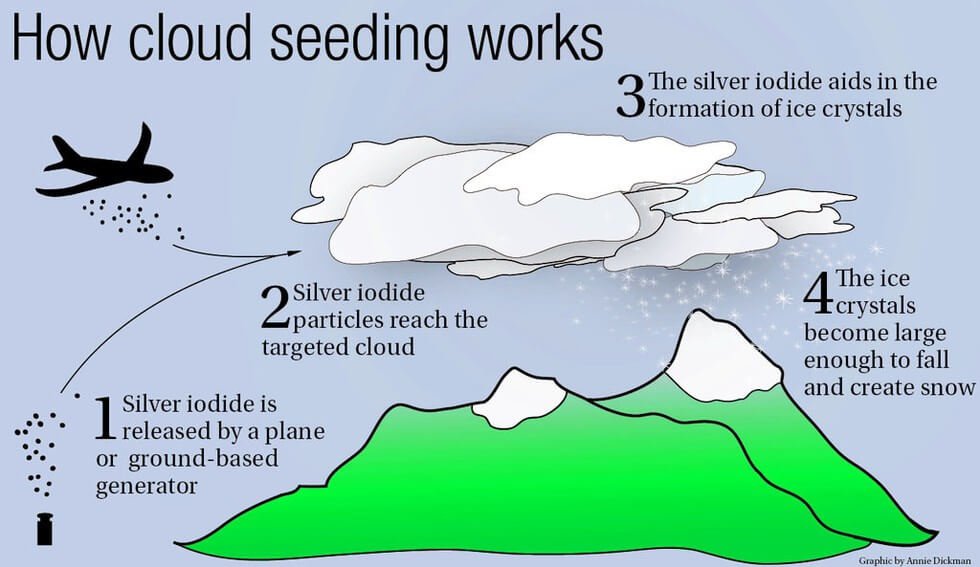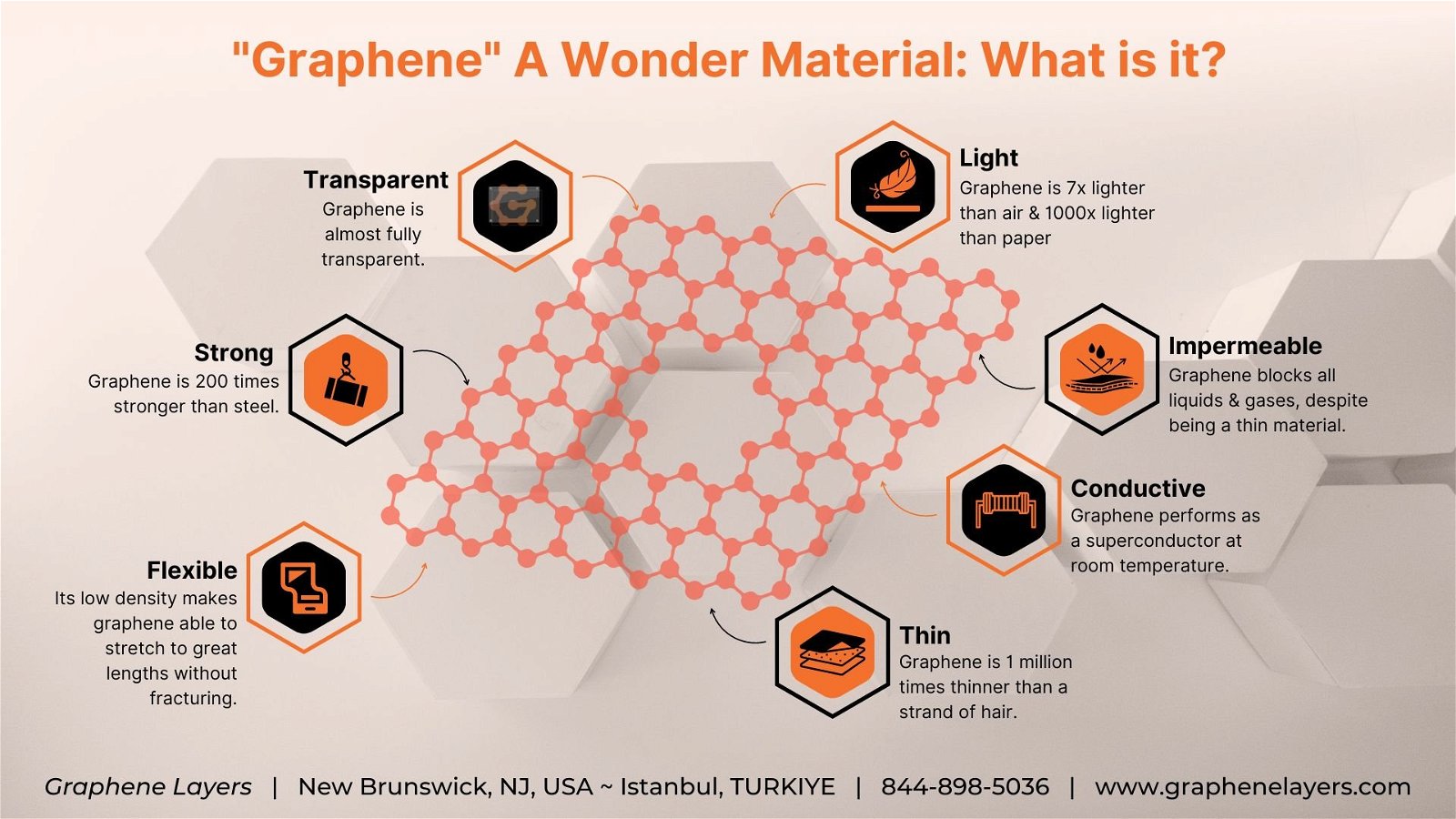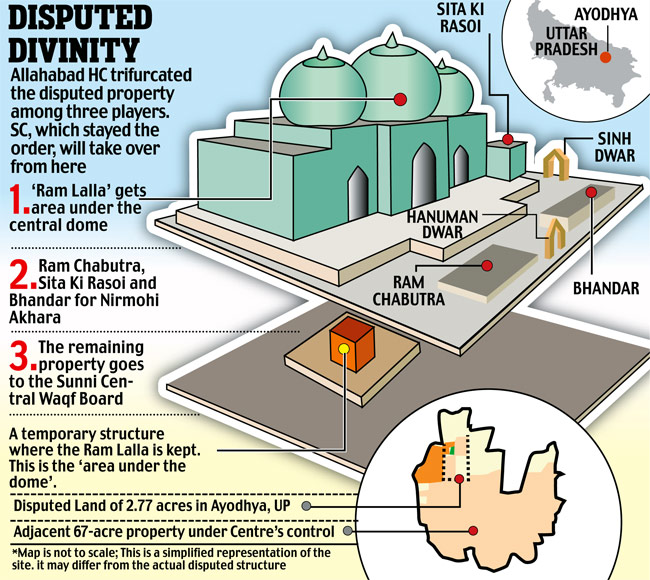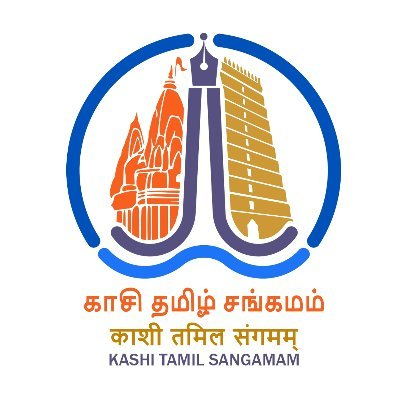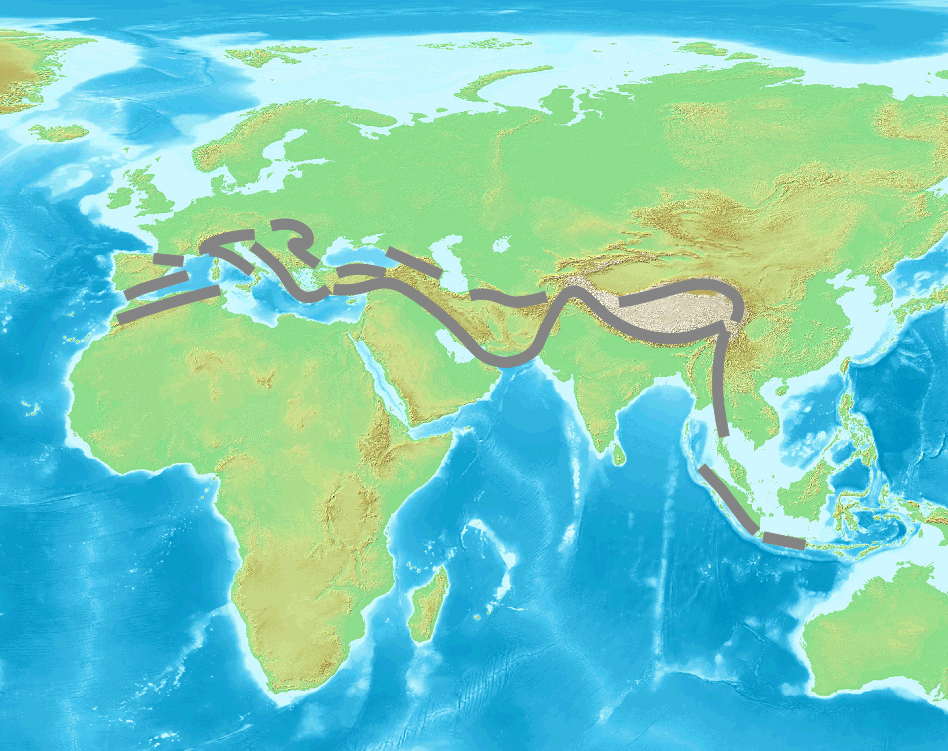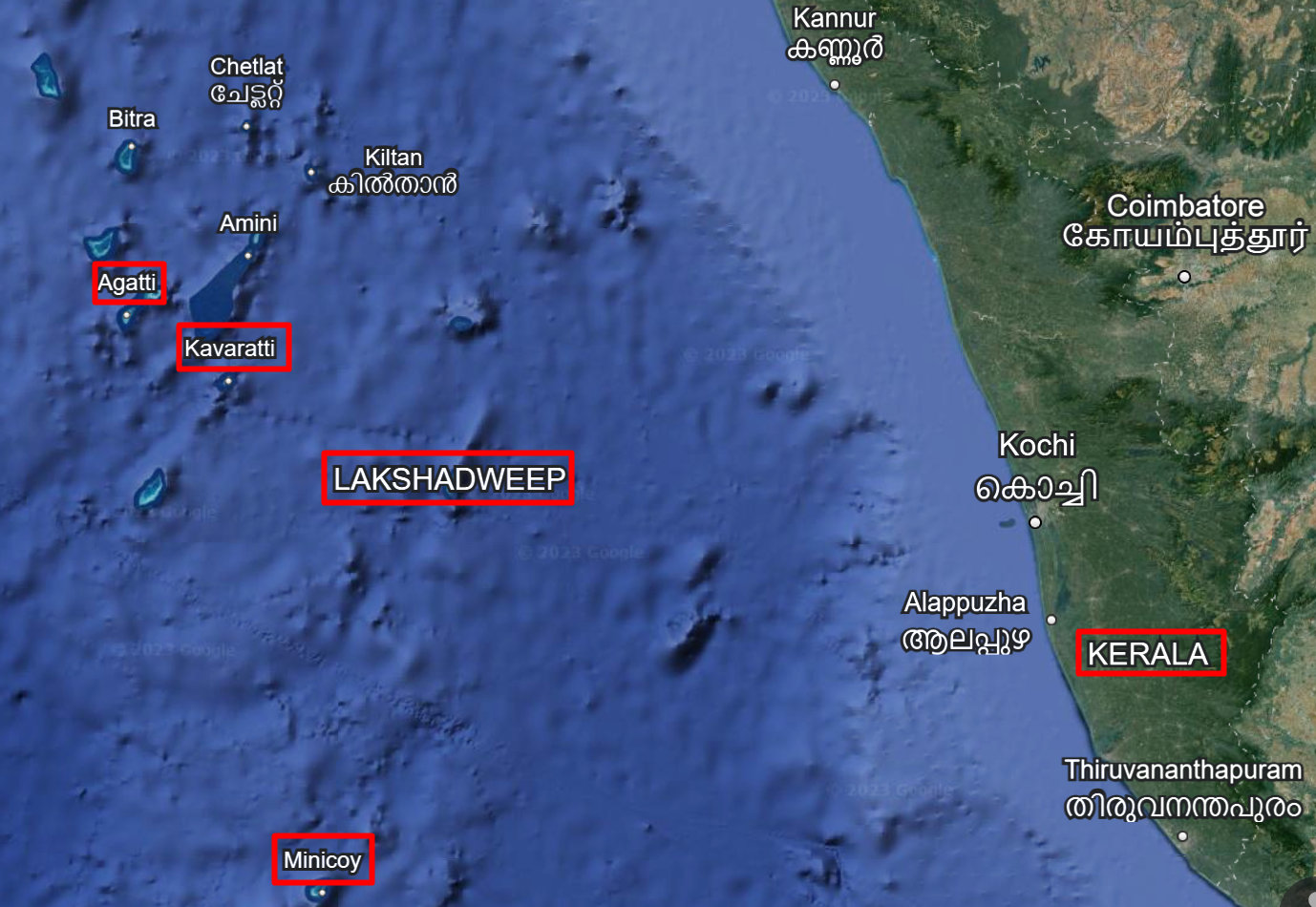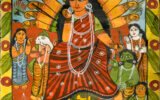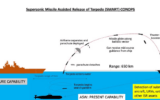
Martial Art Forms of India
Subscribers of "Current Affairs" course can Download Daily Current Affairs in PDF/DOC
Subscribe to Never Miss an Important Update! Assured Discounts on New Products!
Must Join PMF IAS Telegram Channel & PMF IAS History Telegram Channel
- Context (TH): Post the Galwan violent clash between India and China, the Army has added martial arts to the regular training of troops in addition to the usual physical exercise.
- The Punjab regiment incorporated Ghtaka in the training regime.
- The Gorkha Regiment has incorporated the Khukri dance.
- The Madras regiment has incorporated the Kalari Payattu.
- The Udhampur-based has incorporated the Israeli-origin martial art, Krav Maga.
Martial art forms of IndiaKhukuri Dance
Kalaripayattu – Kerala
Silambam – Tamil Nadu
Gatka – Punjab
Musti Yuddha – Varanasi
Thang Ta – Manipur
Lathi Khela – West Bengal
Mardani Khel – Maharashtra
Malla Khamb – Madhya Pradesh
Sqay – Kashmir
Other Traditional Martial Art forms
|




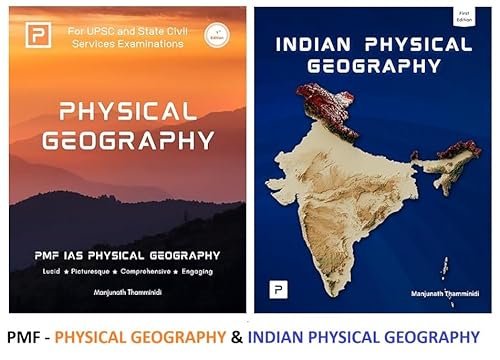
![PMF IAS Environment for UPSC 2022-23 [paperback] PMF IAS [Nov 30, 2021]…](https://pmfias.b-cdn.net/wp-content/uploads/2024/04/pmfiasenvironmentforupsc2022-23paperbackpmfiasnov302021.jpg)











